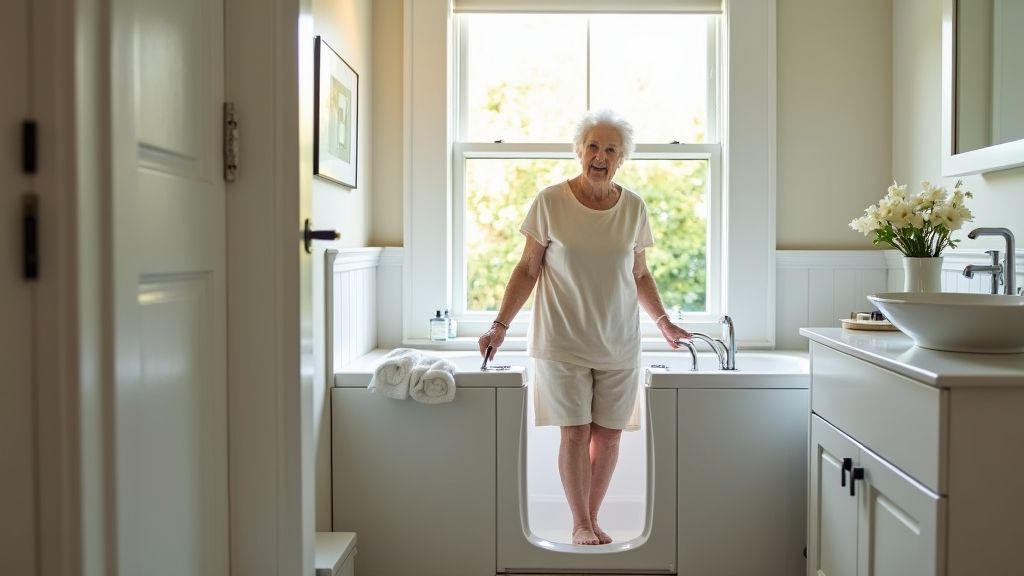In a world where comfort and safety go hand in hand for senior citizens, the significance of walk-in tubs cannot be overstated. These specialized tubs serve as a sanctuary, offering a blend of relaxation and injury-prevention for seniors who wish to maintain their independence while bathing. Yet, the quest for bathroom bliss is often shadowed by the complexity of financial coverage. Many wonder, does Medicare cover walk-in tubs? Let's dive into the details and uncover the truth about walk-in tubs and Medicare coverage.

The Appeal of Walk-In Tubs: More Than Just a Bath
Walk-in tubs are not just ordinary bathtubs; they are intricately designed to cater to the specific needs of seniors and those with mobility issues. Emma Jenkins, a 76-year-old retiree, shares her story, "Since getting my walk-in tub, I feel more relaxed and safe when bathing. It has made a tremendous difference in my life." Walk-in tubs are equipped with various features such as non-slip floors, grab bars, and a comfortable seat, making the bathing experience soothing and secure. The therapeutic benefits, like hydrotherapy jets and adjustable water temperatures, offer a rejuvenating experience that many seniors cherish.
Why Medicare Often Leaves Walk-In Tubs Dry of Coverage
Despite their undeniable utility, Medicare typically classifies walk-in tubs as 'luxury items' rather than medical necessities. This classification means that, for the most part, Medicare Part B does not cover the purchase or installation of these tubs, as they fall outside the realm of durable medical equipment. Medicare's stringent policy approach often leaves seniors like George Peterson, an 82-year-old veteran, wondering how to afford such essential safety features within their homes.
Navigating Medicare: Tips and Tricks for Securing Coverage
While Medicare does not usually cover walk-in tubs, there are strategic pathways that individuals can explore to potentially secure financial assistance. Jenna Williams, a Medicare expert, advises, "Start by acquiring a letter of medical necessity from your healthcare provider, which can be pivotal if appealing Medicare's initial denial." Reviewing supplemental insurance options or considering Medicare Advantage Plans can also offer alternative routes for coverage. Consultation with a certified Medicare planner is invaluable in navigating these complex waters.
Alternative Financial Avenues: Making Walk-In Tubs Affordable
For those who find traditional Medicare coverage inaccessible, other financial avenues can help make walk-in tubs affordable. State-run Medicaid programs might cover the cost if the tub is deemed medically necessary. Additionally, various grants and loans tailored for home modifications for seniors are worth exploring. Local nonprofits and organizations dedicated to senior welfare occasionally provide grants that can offset the costs of walk-in tubs, making them a realistic option for many.
Bathe Safely: The Psychological and Physical Benefits of Walk-In Tubs
The impact of walk-in tubs goes far beyond the physical ease they provide. They also offer significant psychological benefits. Sarah Turner, an eldercare psychologist, notes, "A safe bathing environment promotes mental wellness by reducing anxiety related to falls and accidents." The confidence a senior regains when using such a tub extends to other areas of their life, fostering a sense of independence and dignity. Consequently, despite the challenges in securing coverage, many find the investment in a walk-in tub profoundly rewarding, both physically and mentally.